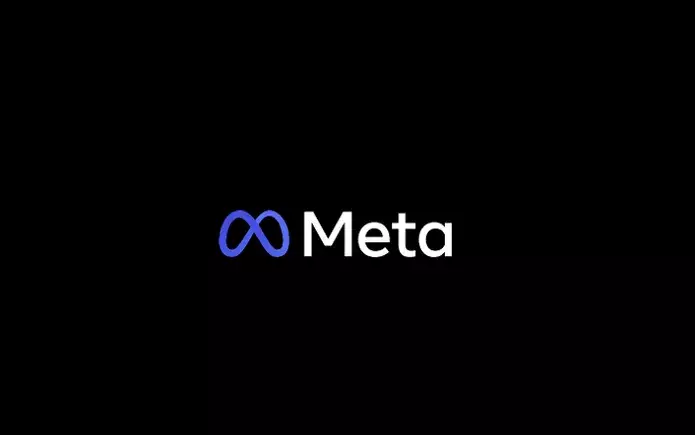Meta’s decision to remove detailed targeting exclusions for new campaigns may have gone under the radar for many advertisers. The company announced this change a week ago, despite accidentally sending out a note about it back in May. This move signifies a significant shift in how advertisers can refine their ad audience based on demographics, interests, and behaviors.
While advertisers initially believed that detailed targeting exclusions would improve ad performance, Meta found that these exclusions actually limit ad effectiveness over time. Meta’s advanced AI systems are now more proficient at displaying the right ads to the right users at the right time, leading to an overall improvement in campaign performance. As a result, ad exclusions have become more of a hindrance than a benefit.
Meta’s own testing revealed a substantial improvement in the median cost per conversion for ad campaigns when detailed targeting exclusions were removed from the equation. Advertisers saw a 22.6% improvement in campaign performance after making this adjustment. This underscores Meta’s assertion that advertisers should trust its systems to reach the right people, as manual exclusions may not be as effective as originally thought.
Changes to Ad Targeting Exclusions Timeline
Meta initially announced changes to its ad targeting exclusions in January by removing and consolidating some targeting options. In May, advertisers were informed that targeting exclusions would be removed by June 28, only for Meta to backtrack on this decision and clarify that detailed targeting exclusions would remain. However, they were eventually removed a month later. This quick change in plans highlighted the importance of staying informed about Meta’s shifting policies.
Meta’s emphasis on automated Advantage+ campaigns and the removal of detailed targeting exclusions align with its future vision of streamlining the ad creation process for advertisers. The company envisions a future where advertisers won’t have to do any manual work to create ad campaigns, with AI systems generating optimized ad descriptions and visuals based on product URLs. While this may seem counterintuitive, Meta’s AI is designed to leverage ad and audience engagement knowledge to deliver more effective results.
Overall, Meta’s decision to remove detailed targeting exclusions may have initially caught advertisers off guard, but it reflects the company’s commitment to leveraging AI technology for more efficient ad targeting. By encouraging advertisers to trust its systems and embrace automated campaigns, Meta is paving the way for a future where manual ad optimization becomes obsolete. Advertisers should take this shift as an opportunity to adapt to evolving digital marketing trends and explore new ways to engage with target audiences effectively.


Leave a Reply